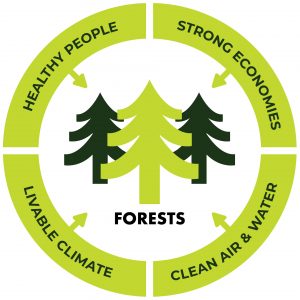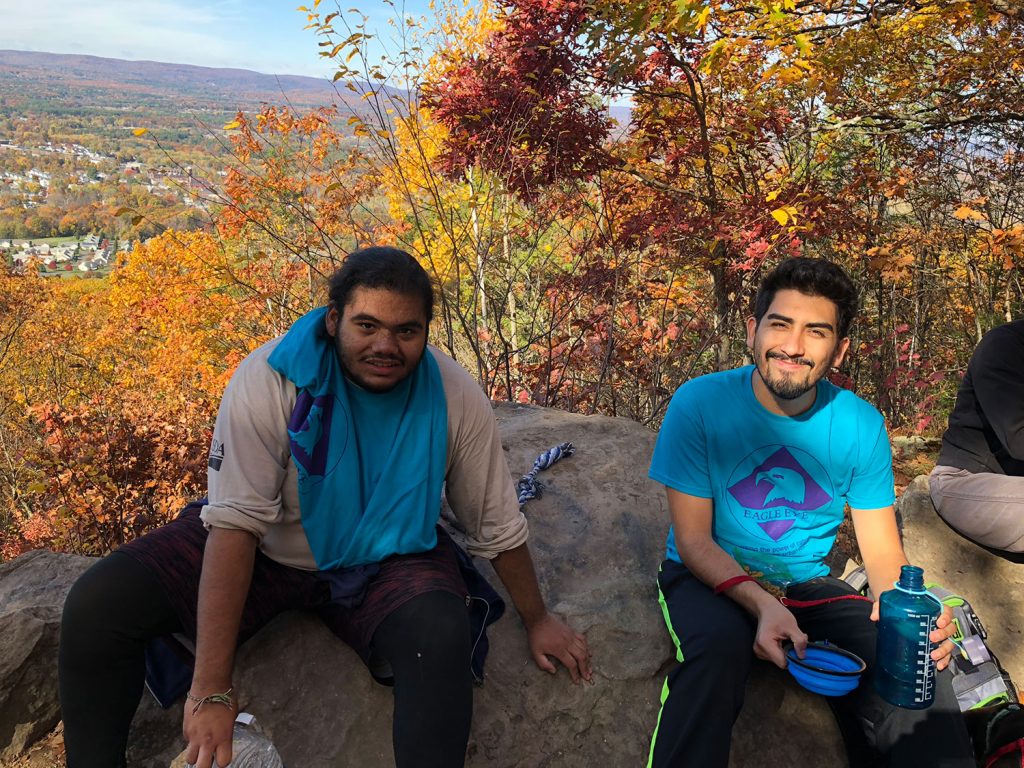
Highstead and the Northeast Forest Network have launched a shared messaging campaign: Stand Up For Forests to help spread the word about the value of forest conservation. The centerpiece of the campaign is the first of four planned communications toolkits designed to assist myriad environmental organizations like land trusts and Regional Conservation Partnerships in spreading the word about how forests make us healthier.
The Forests Make Us Healthier messaging toolkit campaign is the first phase of a planned long-term #StandUpForForests campaign that is also expected to highlight the economic benefits of forests, their impact on air and water quality, and their role in a livable climate.
“RCPs and other partners have been telling us they need high-quality tools to help them reach out to their constituents,” says Bill Labich, Highstead Senior Conservation and RCP Network leader. “The Northeast Forest Network task force, after hearing the same things from their partners, took this idea and ran with it – bringing on Latshaw Content and Marketing as a partner and creating a whole suite of tools – from graphics to emails to a fact sheet and infographics explaining the links between forests and health.”

The campaign is designed for flexibility so that organizations, associations, and agencies can use what they feel will resonate with their members and audiences. Anyone can join in the campaign by posting a photo of themselves in nature on Twitter or Instagram with the hashtag #StandUpForForests
Among the research-based facts being shared:
Spending time in nature helps you:
- Strengthen your immune system
- Speed up recovery from medical treatment
- Lessen feelings of depression
- Lower glucose levels in diabetics
- Improve mental focus and concentration
Since the Forests Make us Healthier toolkit is a pilot project, the task force will evaluate campaign analytics and feedback to assess its effectiveness and value to the conservation community. “Many conservation organizations, especially local land trusts, have limited resources to engage their communities,” says Labich. “We hope they find these tools useful and effective in raising awareness of forests’ value to communities, urban to rural.”